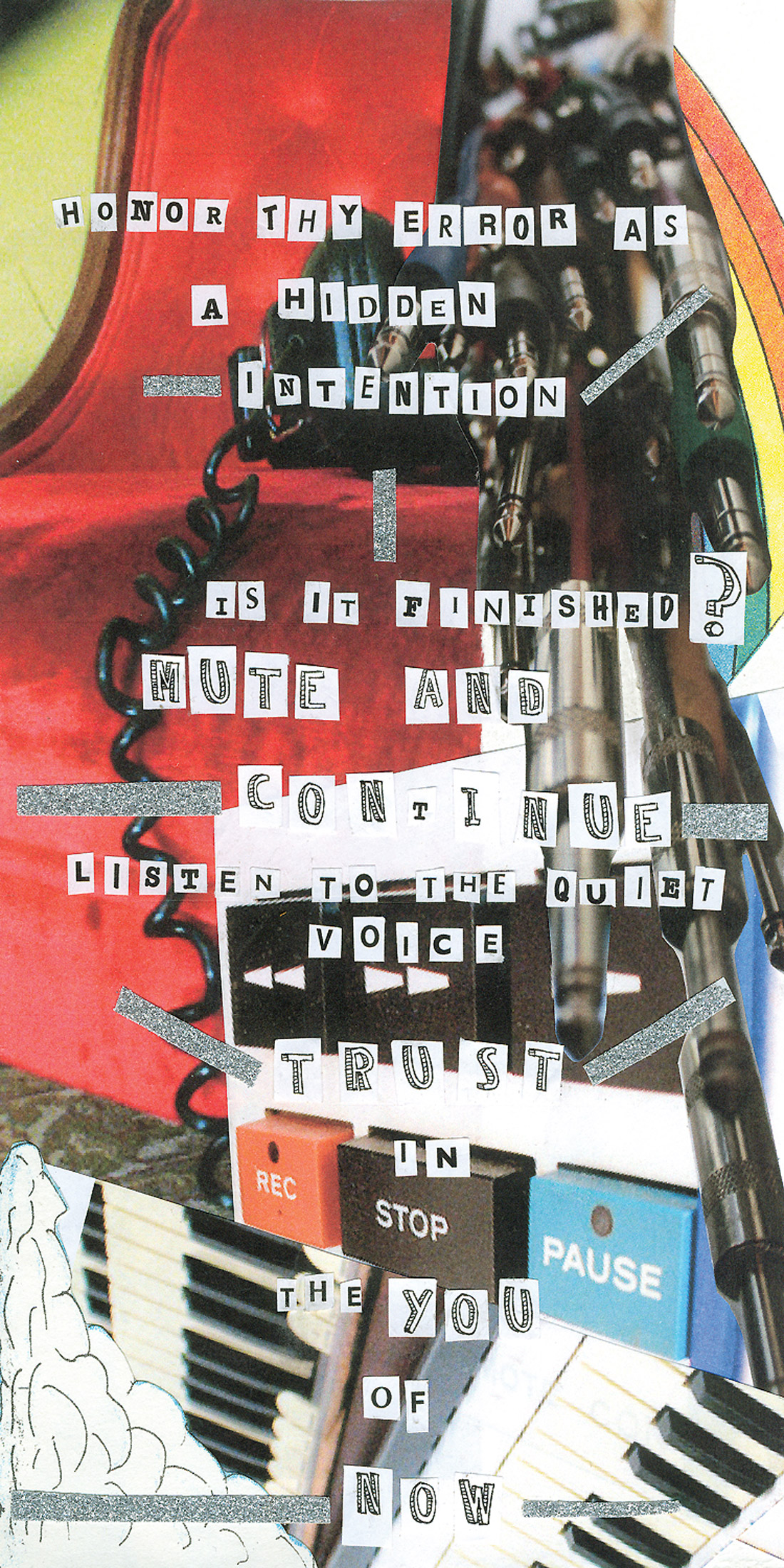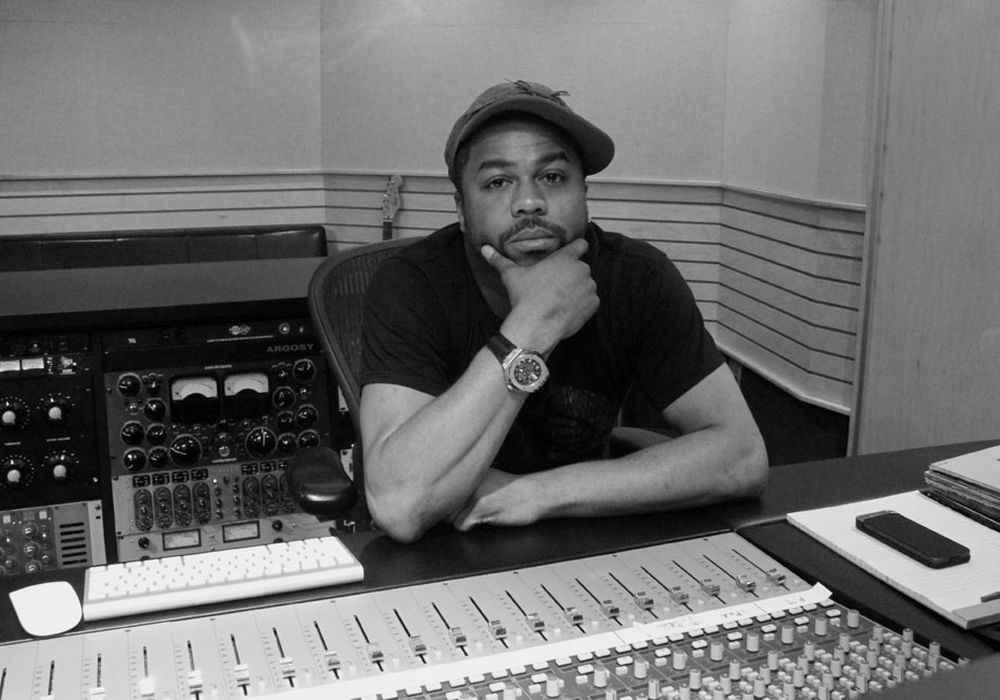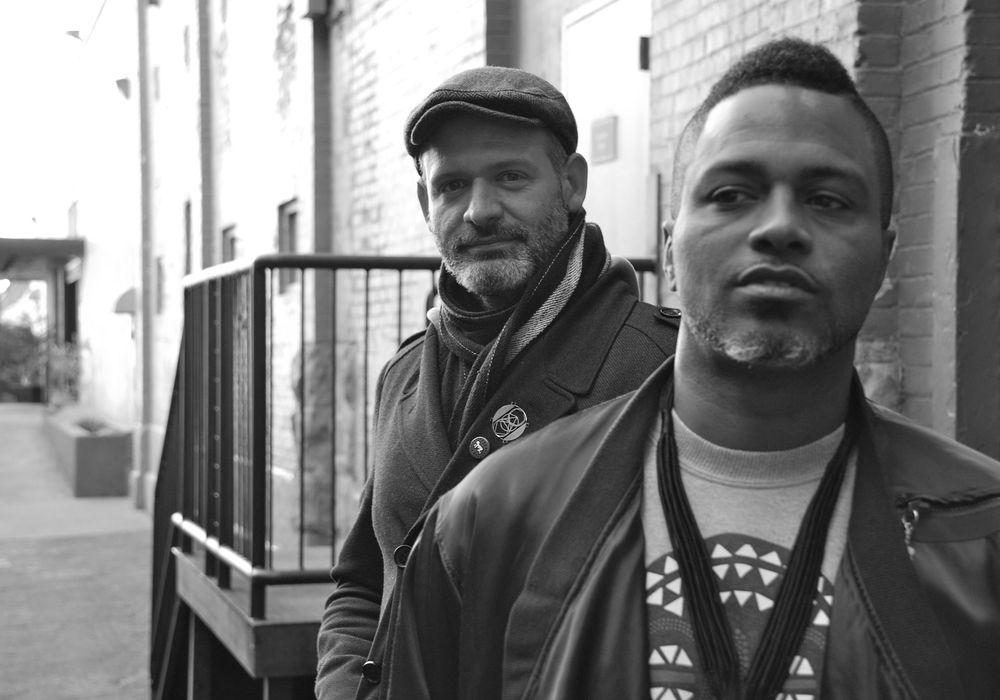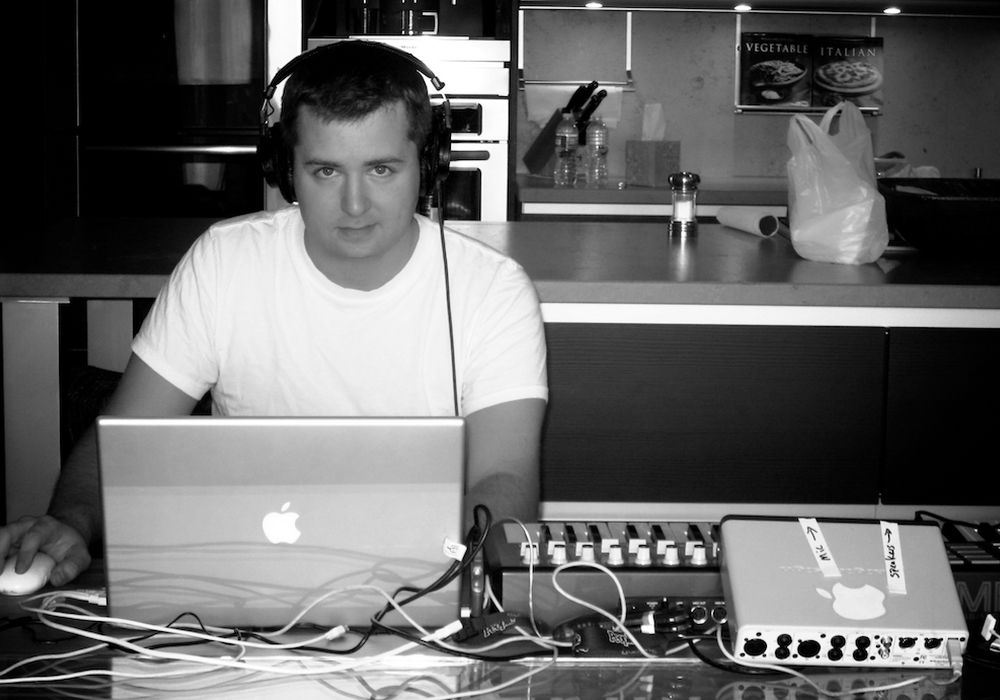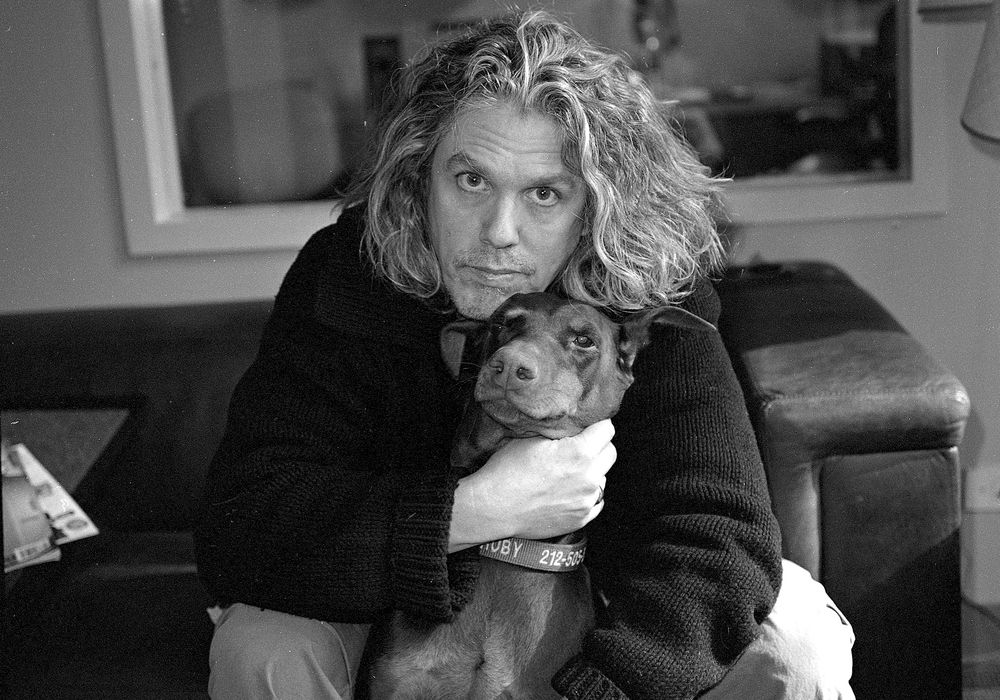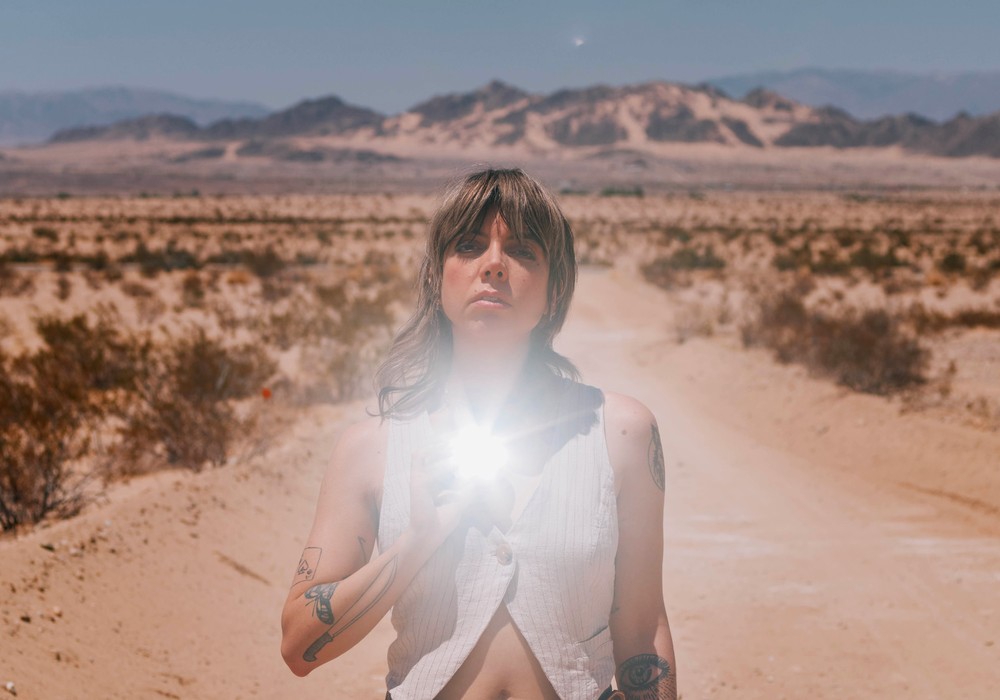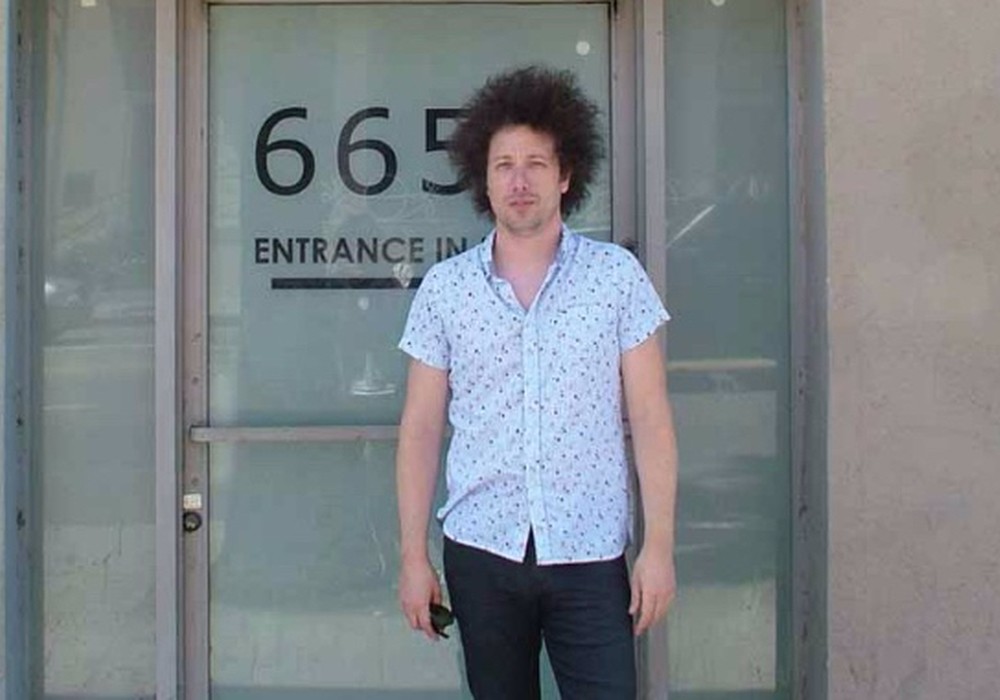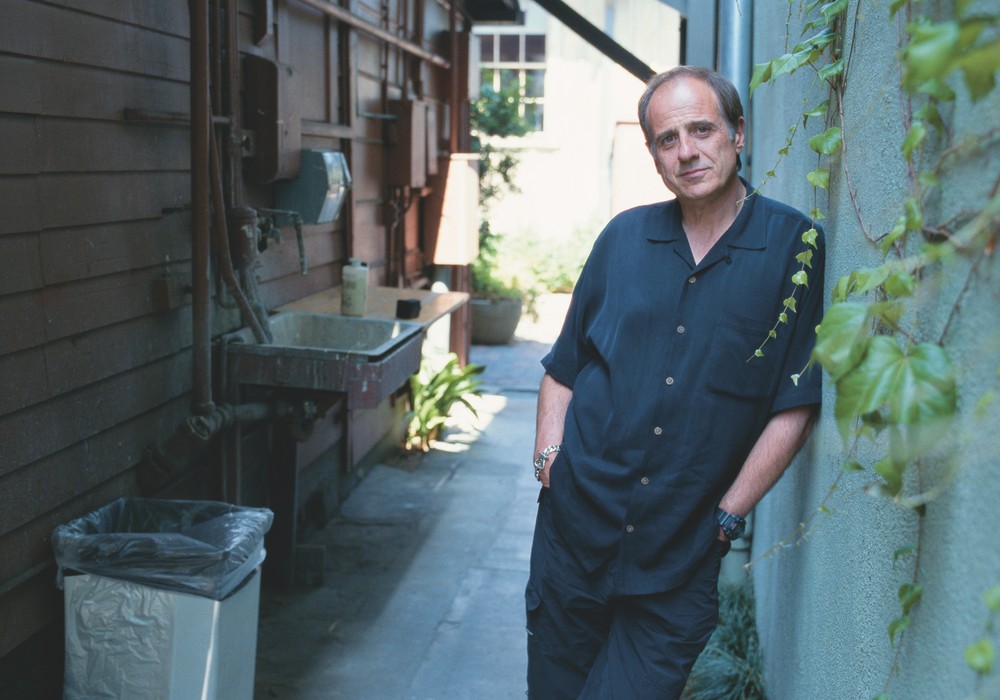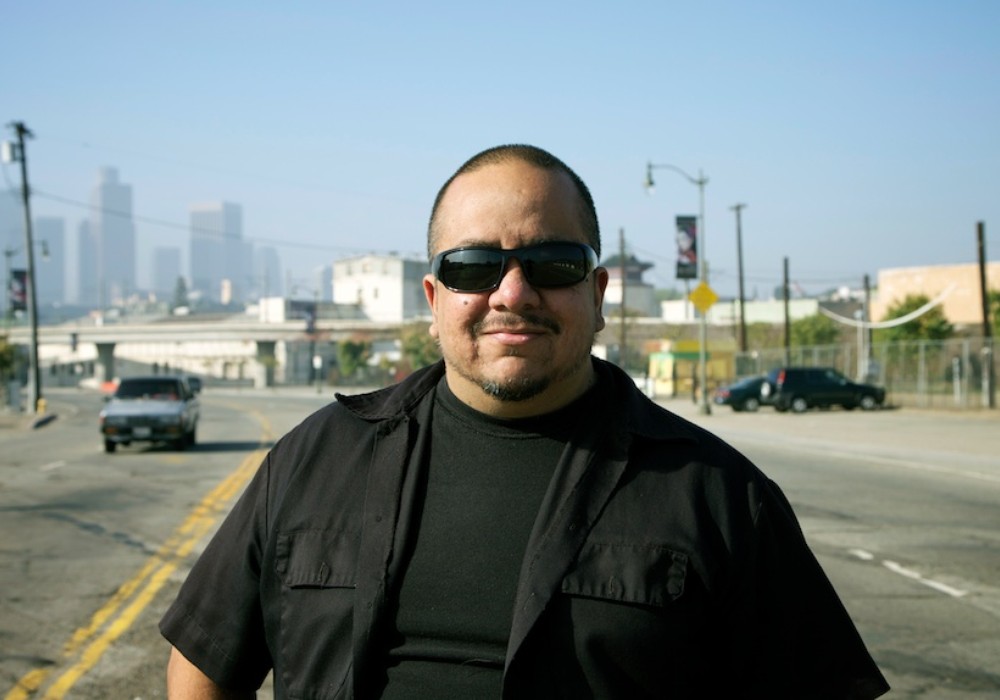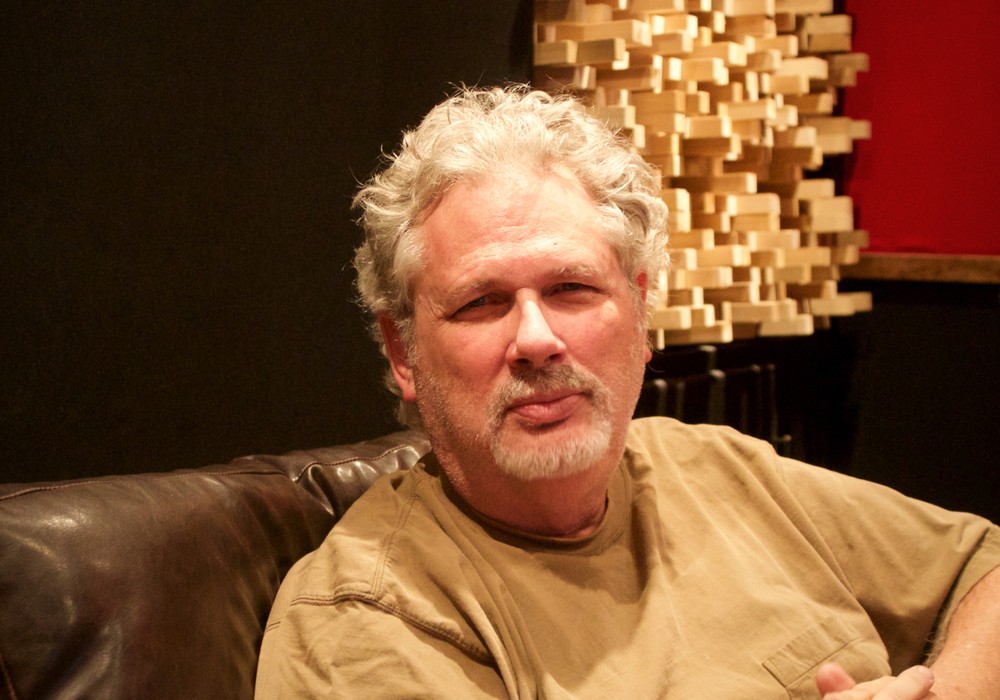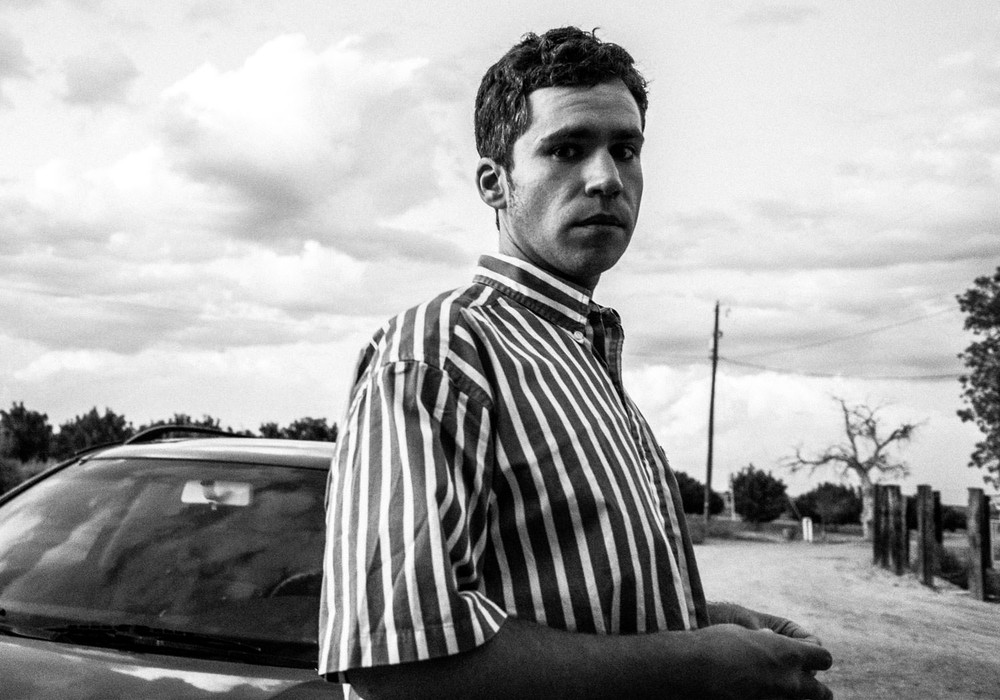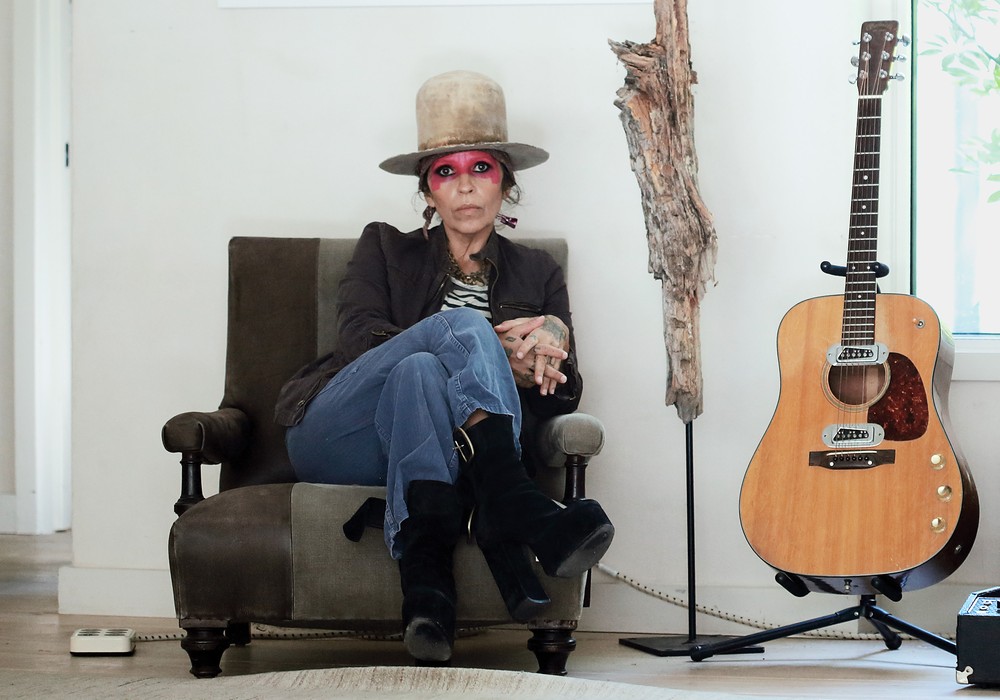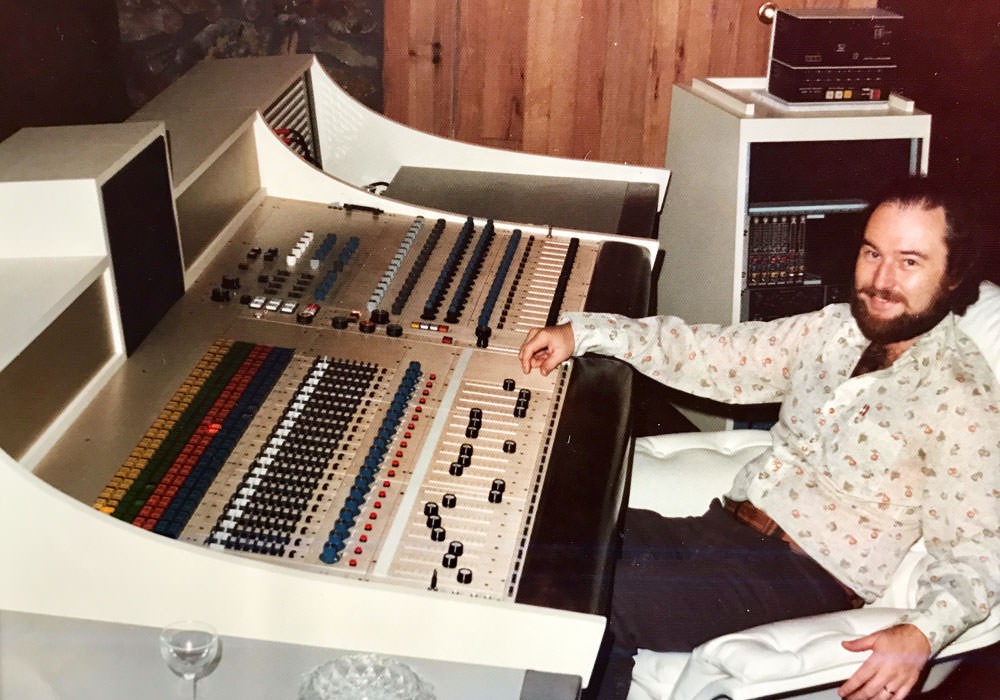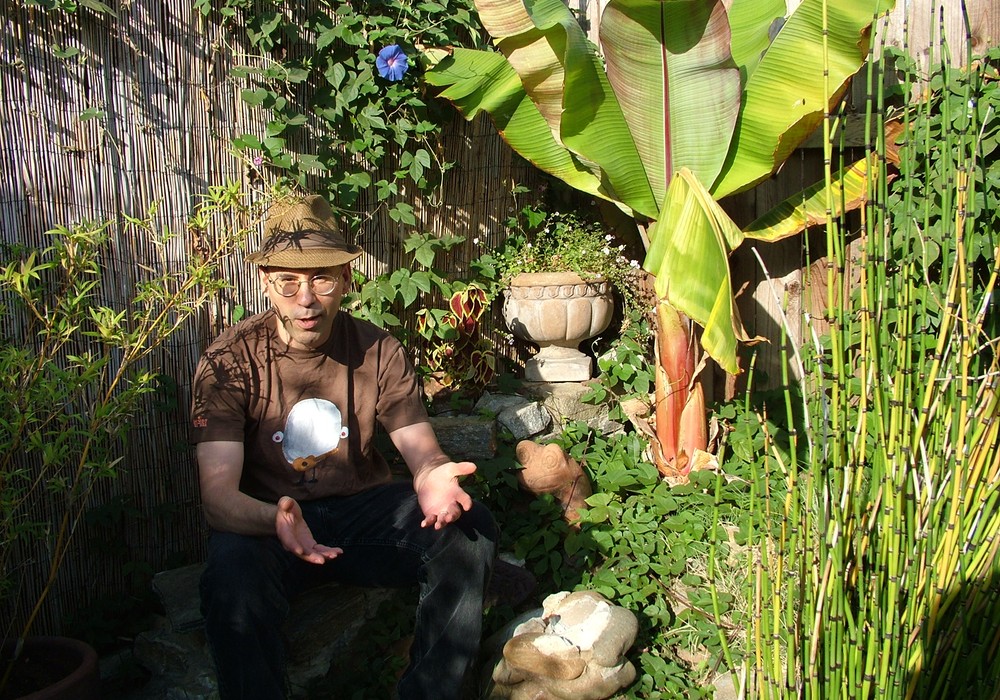When we heard Joel Hamilton, long time Tape Op contributor and partner in Brooklyn's Studio G with Tony Maimone [issue #41], was co-producing and engineering on a hip-hop project called Blakroc — with vocalist/guitarist Dan Auerbach and drummer Patrick Carney of The Black Keys and featuring rappers like Raekwon, RZA, Jim Jones, Mos Def, Ludacris and Q-Tip — we had to find out more. The resulting album, simply titled Blakroc, is a blast.
Who's involved in the Blakroc project?
It's primarily The Black Keys and I'm a co-producer and engineer. Dan and Pat from The Black Keys are producers, with Damon Dash as the other producer.
Whose concept was it?
You know, the concept didn't really exist. Damon contacted The Black Keys, from what I understand. Damon told The Black Keys that he liked how they operated one of the first days we were all in Studio G. It was based on the fact that a lot of modern hip-hop has gotten to a point where it's more about Twitter and, "Hey, look at me" than it is about content. It's heavy on the PR and light on the substance. That seems to be a pretty common opinion. Damon was talking about how The Black Keys are all content and no Facebook or Twitter — just a real band playing real stuff. The fact that we started recording things without a concept actually became an asset.
Each song features a different rapper?
Yeah. Basically myself, Dan and Pat were the producers. Damon had suggestions for people that might want to be part of the project. We also had other suggestions, like Q-Tip. I think that's why a lot of the guys on this record are the people that rock guys think are cool in the rap scene. That's why it's Jim Jones, RZA, Q-Tip, Raekwon, NOE and M.O.P.'s Billy Danze. Nicole Wray sings a bunch of the hooks, and she has one whole song with Dan. She had a really big hit called "Make It Hot" on Missy Elliott's label, but that was '98 or '99.
So what's the process? Are you guys getting tracks done and then bringing in MCs?
Yeah, for the most part. RZA had a lot more to do with the instrumental process, playing guitar and keyboards. He then wound up rapping on the tracks anyway. We did his thing over at LoHo [Recording Studio], which is owned by the Blue Man Group. We wound up doing it there because Tony had a session at Studio G. RZA came in and set the tone for the whole track. None of the stuff was to a click — it had to be interpreted as a hip- hop song in the end. A lot of the loops are of me just grabbing the closest instrument. I wound up with a lot of sessions that are 84.663 BPM or whatever, because I'm just tapping tempo along with it until one lines up again with Pat's next kick drum. And sometimes it would just be cool to impose a straight 84 on that .663. Those were subjective decisions that were made on the fly, because I needed to get those drums and basics happening — just Dan playing guitar and Pat playing drums. I needed to get those things looped out so we could get RZA's keyboard, or the next thing, going. It would take shape in front of us. We went through all the same stages that anybody would when they're recording, but it's like we started with setting up drum mics and by the end of the day we'd have a song. The next part of the process was dependent on who was coming in next at any given time. We'd have to line up what Q-Tip needed to hear because he was coming in at 2 pm, which we knew would be 4 pm. So, we'd be working on it at 2:15 and then he'd show up! Nothing was set in stone. We'd redo arrangements, based on if they wanted 16 bars or whether the chorus became the hook. Things were left incredibly abstract. What would happen was very freestyle, at all times.
Was there a lot of assembly?
Lots of assembly but, to be clear, a lot of assembly meaning listening to what did and did not work, given what we threw at the speakers. It was more of a subtractive process. A lot of times we'd have the arrangement done because they'd want to lean up into the verse. They'd want to tailor their flow to the space between the choruses. We'd have to start with live instruments and people not on a click and wind up with something that sounded like a track by 3 o'clock.
So, you'd set the flow and then go for it?
We'd totally go for it. It felt like the modern version of letting people jam. There's an incredibly accurate video. There are webisodes on The Blakroc website, and the RZA day is chronological. It could be the producer/engineer's worst nightmare because it's such a free-for-all. There are parts that don't work with each other, but it's that irreverent vibe I love about classic-era hip-hop. It's not about what key it's in — it's not about anything except for the beat. If you come to a consensus in the room that it works, then it works. That's more punk rock than what punk rock is, at this point.
Did you try to get those tracks to adhere sonically, in any particular way?
Yeah, by fucking it up at every step of the way! [laughter] Literally by choosing the stupidest choice for what's under the snare. [Shure] Beta 52A? Fucking great. And it's the worst — it sounds so lame! We'd also use a mono [Beyer] M88 overhead. There were also two [Beyer] M69s as the rack and the floor mics, as well as a [Placid Audio] Copperphone mic between the snare and the hat. What I wound up with was a bunch of choices that I'd swear at myself about, but I'd find out that it's things that work. You're charged with making it great, so you pull out all these tricks. All of a sudden you realize that's exactly how every cool album that you love has been made. Most of the music I love definitely sound like things were fucked up in the studio and then a mix engineer had to deal with it. It's not like it sounded crazy and wrong when we were listening to it. It would influence the overdubs, obviously.
With all the voices rapping, were you taking similarly weird or different approaches there? Or were you just trying to get good vocal sounds?
I was amazed at how much variation there was with one [NeumannU]47up.Ihada47uponastandfrom the get-go. I would blow it to bits with a tube preamp, if it required an aggressive sound. I would just use one of the Neves on my console with a little EQ, if the hook was being sung and I needed a Mary J. Blige vibe. I'd change pres, but leave the mic for the most part. I did some of it with a [Neumann] U87. Mos [Def] wanted a handheld [Shure SM] 57 to do his vibe tracks. It was awesome. We'd start with a 47 and do his main vocals on that, and then have these 57s being eaten and popping — so blown out. The combination of those things is like the professional version of rocking the house party.
Was there anything about working with a duo that you had to address, in terms of low-end representation for hip-hop?
Yeah, definitely. I have this Korg, I forget what it's called but it's their answer to the [Moog] Taurus pedal, but it's not as instantly recognizable as the Moog filters and oscillators. As a mix person I can throw it in secret. It's like a cool, round organ that makes the bass strings sound like they got fatter during the chorus. Rather than, "Wow, this synthesizer just kicked in with a rock thing." Then we had a couple of Moog analog synths. Everything was analog. We stuck with The Black Keys aesthetic, which is definitely a big knobs and vintage gear type of vibe, even if we were making sounds that had to compete with a 50 Cent-type of record. We wanted to make the sounds that are happening right now, but with vintage equipment — the fuzzy, blown out version. We wanted it to still sound like The Black Keys. We wound up with continuity, no matter what. I think the crucial aspect of this whole Blakroc project is that the strengths of any given performer were embraced. It wasn't like we were trying to get Mos Def to do rock. It wasn't about making somebody look awkward. If you look back prior to R & B and rock... I'm not sure when the divorce happened or who imposed it on the world.
Were you self-conscious about the implications?
Yeah, totally, in the positive sense. I was amazed, not just by the willingness, but the enthusiasm in the room at all times. The thing I think is most interesting is the fact that everyone who came through the door was incredibly enthusiastic. I mixed an entire version of the record and Brian Gardner mastered it. I think it'll be one of those cool outtake things that will hopefully see the light of day in 15 years. We decided to have some other people take some stabs at the mixes. I sent the stuff over to Tchad Blake at Real World and he did some mixes — I think five or six songs. Clay Holly did a few of the mixes as well. He did a record that Dan and Pat had heard and really liked. It was good to have some fresh ears come to the project. We also changed mastering people to see if we could get the specific aesthetic that was being talked about. I think what we came up with in the end, was capturing the sound of musicians being enthusiastic about making music together in the studio. There's a point of creation and spark that reads through all these tracks.
It sounds like an awesome project.
It's an amazing one to be involved with. And Damon Dash! I didn't know anything because I don't read People Magazine, but some people might have preconceived notions about what he's like. But man, that guy is really good at what he does! He did the perfect executive producer's job; he facilitated an atmosphere for the people to make great content. He would dance right behind me during takes and show up at the studio with exactly what people needed in order to feel good about making music; whether it was a couple of girls to dance behind the couch when the guys were rapping or helping get a quick punch-in for RZA when he wanted to mic his Blackberry. [laughter] That kind of energy — that's real. He [RZA] rocked the control room like it was a show. It was really impressive.
www.JoelHamiltonRecording.com
Allen Farmelo is at www.farmelo.com
